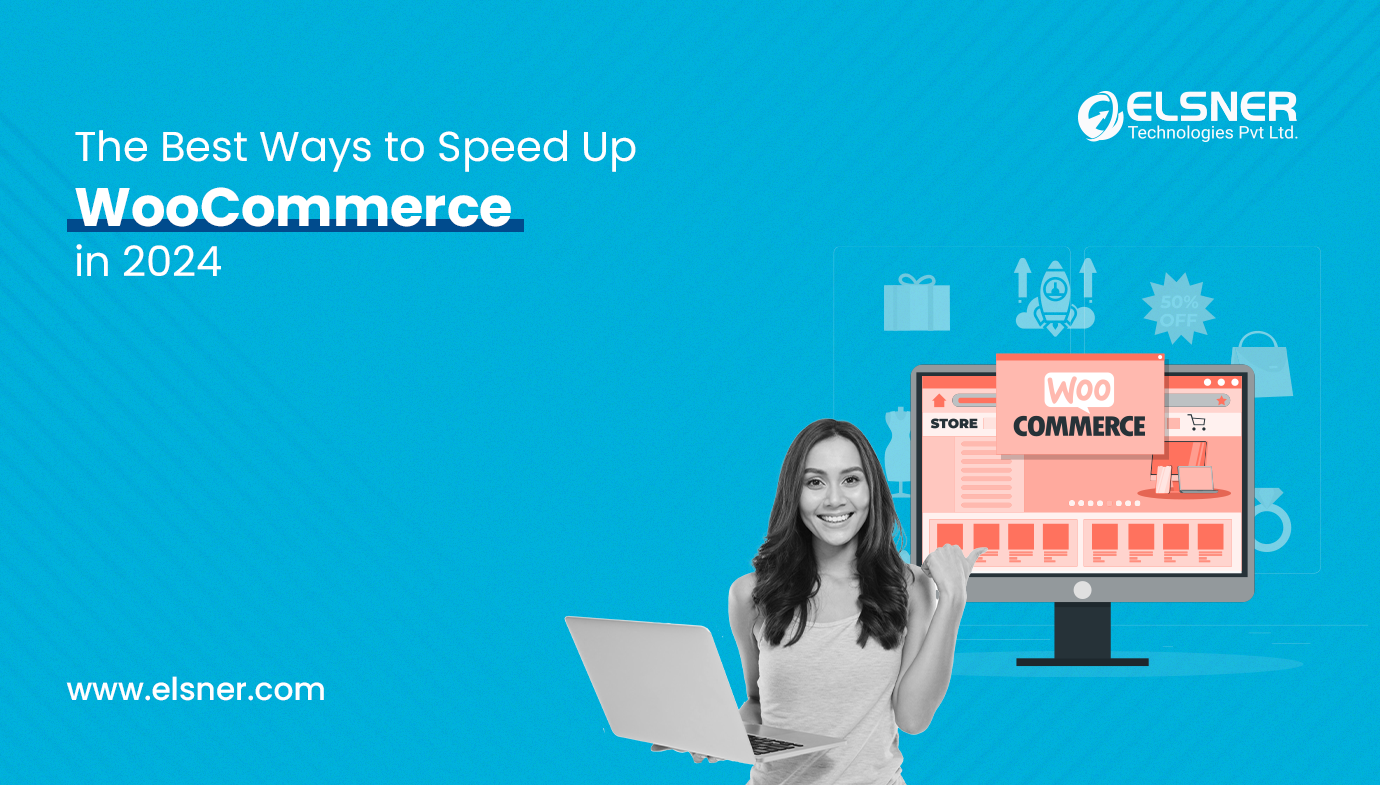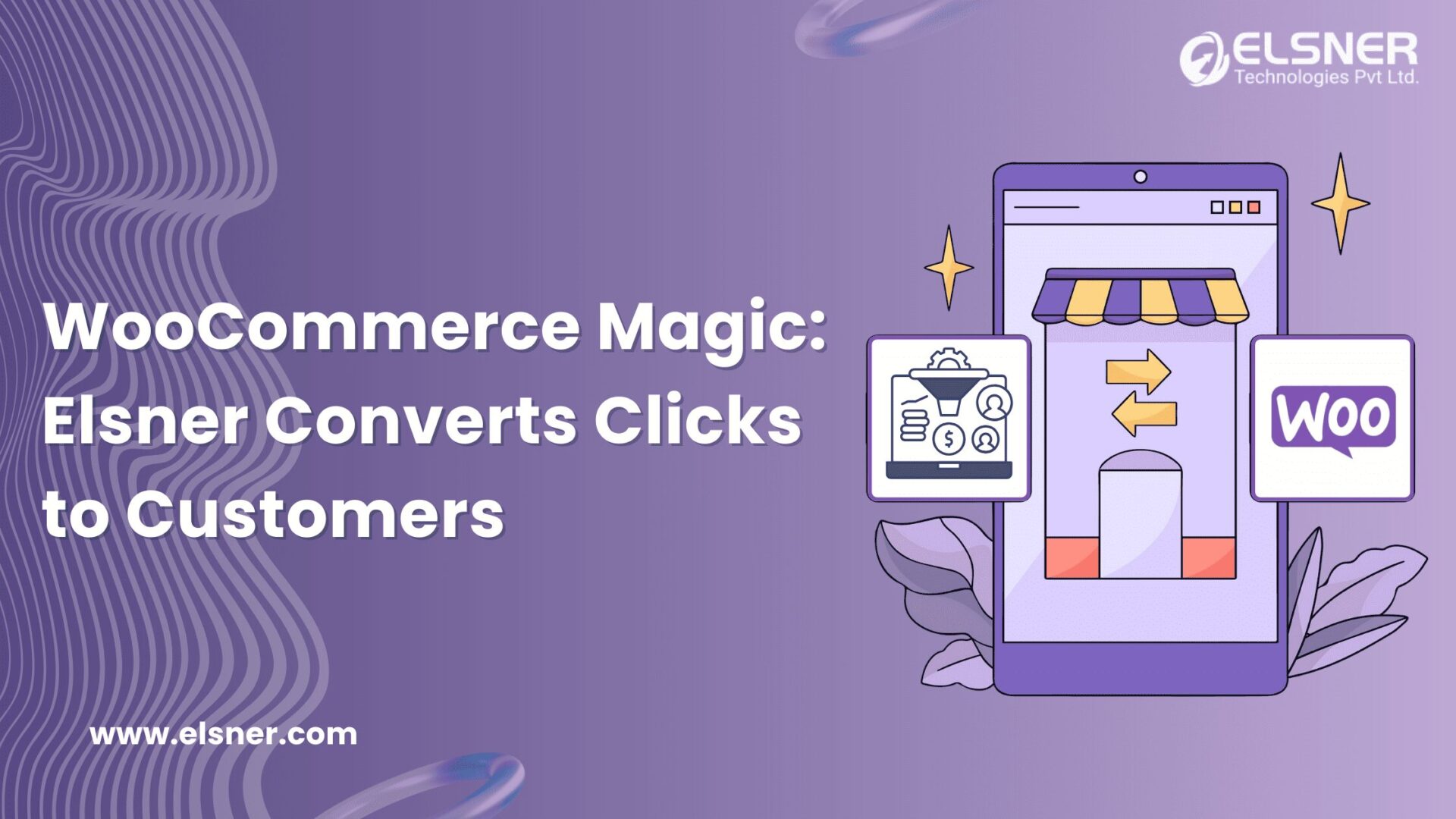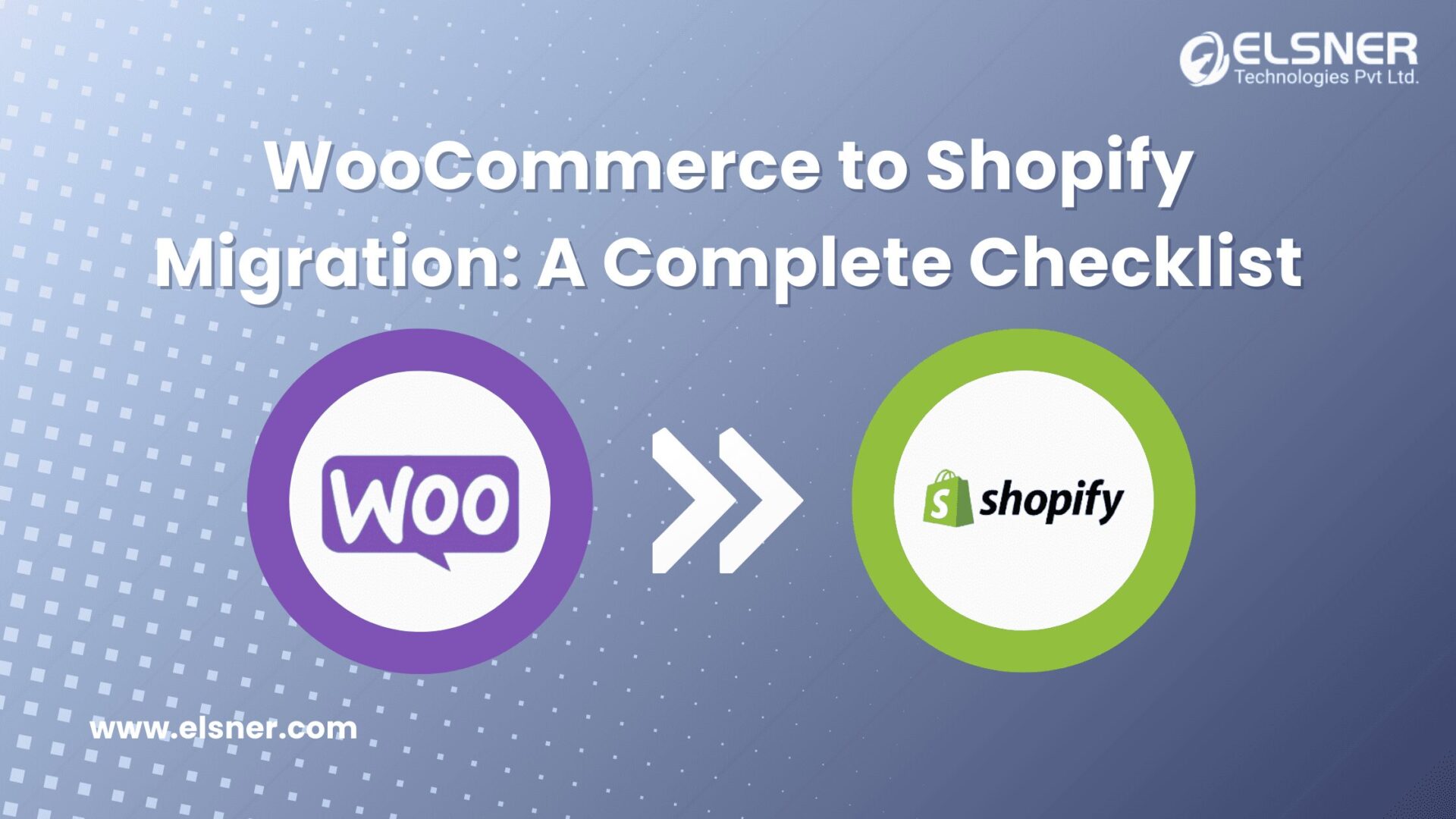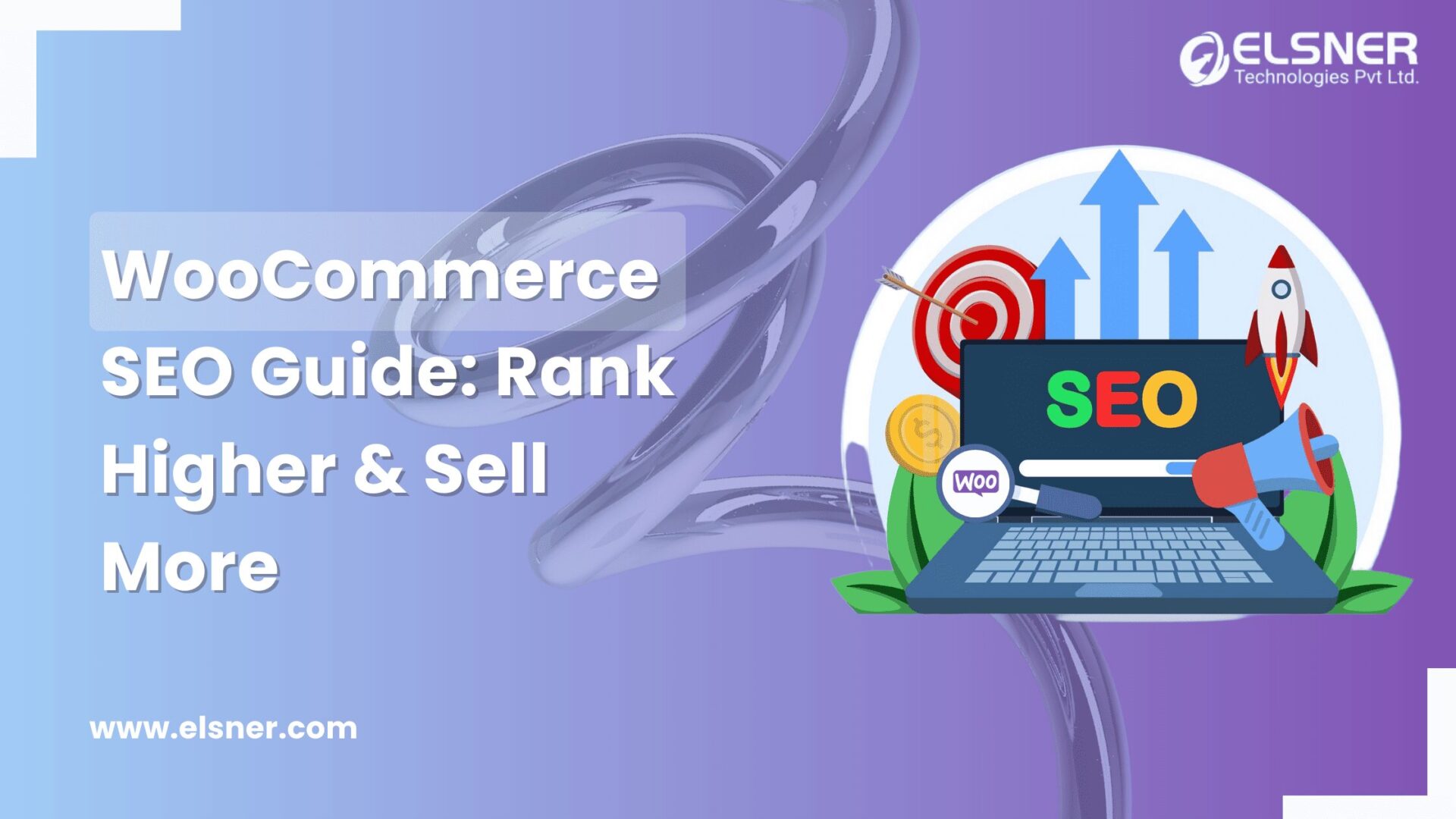- What Do You Understand by Speeding WooCommerce Stores?
- How to Improve the Speed & Responsiveness of Your WooCommerce Store?
- 1. Get a Good Hosting Solution Provider
- 2. Optimize the WooCommerce Configuration Settings
- 3. Get a Faster and Well-Optimized WooCommerce Theme
- 4. Be Smart While Integrating Extensions or Plugins
- 5. Increase the Memory Limit for WordPress
- 6. Compress the Slow Loading Images
- Parting Words
No doubt, WooCommerce Development is among the top picks of budding entrepreneurs to start their online stores. But, it’s also a fact: slow-loading WooCommerce stores can turn down your business productively. People will start to abandon their carts, and the bounce rate will increase.
If you are running a WooCommerce store, you definitely don’t want this to happen! But, even after implementing the best WooCommerce development practices, why do the stores slow down?
Well, there are many factors that might contribute to slowing down the site, such as loading too many unwanted plugins or adding slow-loading images. Irrespective of what the reason might be, you should be concerned about optimizing your store periodically.
This way, you can keep your site optimized for better performance and ensure optimal user satisfaction. So, if you want to ensure your WooCommerce store performance stays consistent at all times, enlighten yourself with some of the ways to speed it up.
What Do You Understand by Speeding WooCommerce Stores?
In today’s competitive digital landscape, responsiveness is paramount for all online businesses. If your website doesn’t load within the first two seconds of being clicked, your potential customer will likely move to the next option on the SERPs.
WooCommerce development services experts recommend that you get the website diagnosed if it takes more than 2 seconds to load the content. Without it, you will not only be losing customers but also experiencing a drop in your search engine rankings.
Speeding up the WooCommerce store is an approach where you improve the page load time and keep it under 2 seconds. The experts offering WooCommerce development services will assess the site’s responsiveness and will recommend the necessary actions.
How to Improve the Speed & Responsiveness of Your WooCommerce Store?
First, your WooCommerce experts will use dedicated tools to create a proper speed test analysis report. This test is done to determine the problematic areas and prepare a blueprint for improving speed.
Keeping aside the dedicated fixes as required, here are some of the general practices that must be done to improve the speed of your WooCommerce store:
1. Get a Good Hosting Solution Provider
It doesn’t matter what level of optimizations you make for your WooCommerce store; if the hosting server isn’t efficient, your site won’t load faster at any cost. Therefore, a large part of your site’s responsiveness depends on the features and quality of your hosting server.
Therefore, consult your WooCommerce developer and take their recommendation on the best hosting solutions within your budget. Look for performance, scalability and cybersecurity features to decide if it’s the right pick for your WooCommerce business performance.
For you to know, WooCommerce is a very dynamic platform, and a store built on it will generate a large chunk of requests and data, making it difficult to cache them all. Therefore, the hosting server you choose should be capable enough to make the site run smoothly.
Some of the features that you must look for while availing hosting solutions for your WooCommerce store are:
- Server-level caching.
- Workforce of at least 4 PHP professionals to handle uncached requests of WooCommerce.
- Memory limit of at least 128MB. (The best would be 256 MB).
- Scalable hosting infrastructure.
- Automated backups on a daily basis.
- Secured hosting platform.
- 24/7 responsive support.
2. Optimize the WooCommerce Configuration Settings
The next thing that the WooCommerce development experts will recommend for your site optimization is modifying the platform settings. Firstly, the URL structure of your login page will be changed.
It is because the default URL structure of WooCommerce is known by the hackers or bots, which might cause a big problem. With a unique URL, you will be able to ensure optimal cybersecurity for your store, as it will be safe from brute-force attempts.
There are free plugins available in the WooCommerce marketplace for you to execute this optimization process easily. If required, the experts offering WooCommerce development services can also assist you in the process.
Following that, if your WooCommerce store also has a blog section, your default feed limit by the platform is 10 posts. But, you can consider setting a lower limit in order to enhance the site’s performance.
For instance, if you run a high-traffic blog, minimizing the post limit on the feed will help speed up the loading time and enhance performance.
3. Get a Faster and Well-Optimized WooCommerce Theme
One of the best ways to improve the speed of your store is to upgrade to a high-performance and well-optimized theme. You can hire WooCommerce store development services to help you with a unique custom theme that has all the features you need while being responsive.
You can also take the help of experts to choose from a large collection of pre-built themes available at the WooCommerce marketplace. Irrespective of what you opt for, you must choose a theme beyond its look and features and consider responsiveness and user experience.
Take the help of the experts and list down every feature that you think is important for your WooCommerce business. Now, explore the theme options and find the one that adheres to most of your requirements.
Once that’s done, let the professionals assess the theme for its performance and lightweightness. After the theme passes some tests, you can consider integrating it into your WooCommerce store and experiencing better loading speed for it.
4. Be Smart While Integrating Extensions or Plugins
One mistake that most WooCommerce store owners make is that they add ample plugins or extensions that interest them. You do have a lot of plugins or extensions made available by WooCommerce itself. But you don’t have to be carried away by this abundance!
It is because most of the plugins, especially associated with WooCommerce Security or performance, fail to work well with specific hosting servers. Therefore, installing such plugins might hamper your store performance and increase the loading time.
Too many plugins might not necessarily hamper your store’s performance, but only if they are built with the right coding approach. Therefore, even though you are sticking to just compatible plugins or extensions, let experts assess them first.
Not only that, but some plugins might not work well with some of your existing features, which might again hamper your site performance. Therefore, it is smart to hire WooCommerce development professionals to help you choose only the right plugins for your store.
5. Increase the Memory Limit for WordPress
WooCommerce being a WordPress E-Commerce plugin, adheres to the default memory allocation of the parent platform. By default, WordPress tends to allocate 32MB of memory for the PHP.
In case of any memory crunch, the default limit extends to 40 MB and 64 MB for single site and multisite respectively. In most cases, this memory limit won’t be enough for you to run your WooCommerce site efficiently.
There is a high chance that you will even be receiving error messages frequently about your memory size being exhausted. Therefore, it is recommended that you increase the memory allocation limit for the site to 256 MB.
6. Compress the Slow Loading Images
As you are running an E-Commerce store, it is natural for you to deal with bulk images of your diverse products. But, it is also true that images are accountable for consuming the maximum size of a web page.
Therefore, you must let your WooCommerce development company professionals assist you in optimizing the images and compressing them for faster loading. You can primarily implement lazy loading plugins to keep the offscreen images hidden until they are accessed.
This way, the site speed won’t be hampered due to those media content elements. Following that, you can also consider lowering the JPEG compression level to either 85 or even less. It will help you save around 40 KB of size for every page.
Over time, WooCommerce has also been upgraded with some image size improvement features to help address the slow loading issue, which includes thumbnail resizing or blurry image fixes.
It is considered better to compress your product or site images before uploading them to the site. However, even if you have already uploaded many slow-loading images to the site, you can still optimize them by using dedicated WooCommerce plugins.
Parting Words
In 2024, it is way too important for you to keep your WooCommerce store optimized for better performance and faster loading. It is because the competitiveness in the E-Commerce sector is booming rapidly. And to ensure your brand is ahead of the crowd, you ought to make it responsive enough.
This article addressed some of the impactful strategies for monitoring, optimizing, and adjusting your WooCommerce store settings and improving its speed. With the help of WooCommerce development professionals, execute the best practices for achieving the same.
Apart from optimizing the strategies specified above, it is also important for you to consistently monitor the performance over time. It is because, at times, some incompatible plugins do not react adversely right from the beginning but disorient the responsiveness in the long run. So, monitoring performance is equally important as it is to optimize the WooCommerce store.
If you want the best for your store, connect with the best WooCommerce development company and let experts help you achieve a loading speed that’s under 2 seconds.

About Author
Pankaj Sakariya - Delivery Manager
Pankaj is a results-driven professional with a track record of successfully managing high-impact projects. His ability to balance client expectations with operational excellence makes him an invaluable asset. Pankaj is committed to ensuring smooth delivery and exceeding client expectations, with a strong focus on quality and team collaboration.




